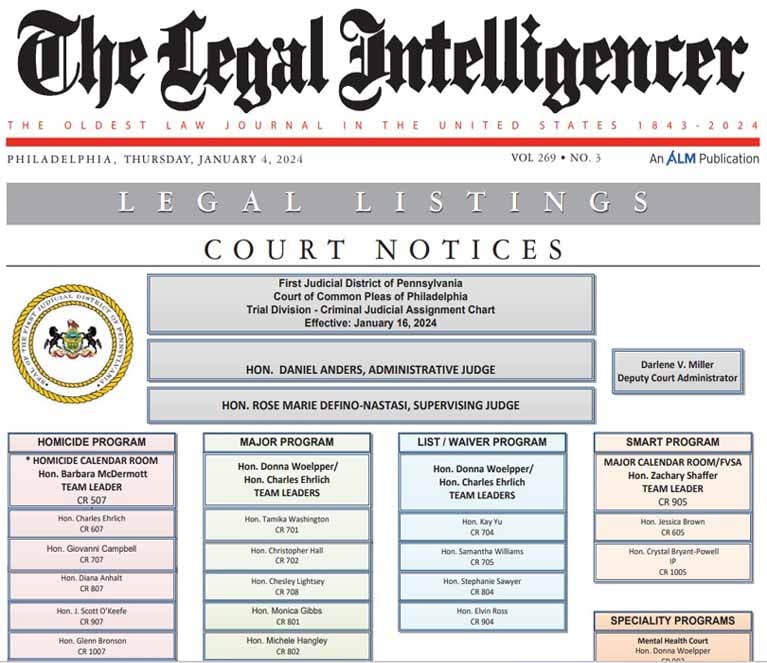I am sure you have heard of Avon and Tupperware, and you may even have their products in your home. Both of these companies are referred to as multilevel marketing companies, or MLMs. Multilevel marketing is a strategy used by some direct sales companies encouraging existing participants to promote and sell their products and services to other individuals and bring new recruits into the business. MLMs are similar in structure to pyramid schemes, but with the essential difference that an MLM is considered a legitimate business enterprise and a pyramid is a scheme to defraud. Understanding this difference is paramount for investors.
MLMs provide products and services to consumers through direct sales channels. Under the pyramid structure of an MLM, participants both sell the product or service and recruit new members to the sales team. As each participant in the MLM expands their team, each level below continues to expand—from one person on level one to three people on level two and then nine people on level three.


 Nicole McNeil Donecker of Marcum.
Nicole McNeil Donecker of Marcum.




